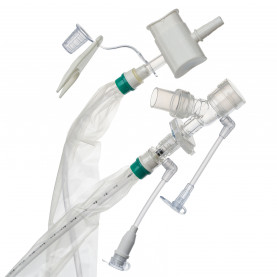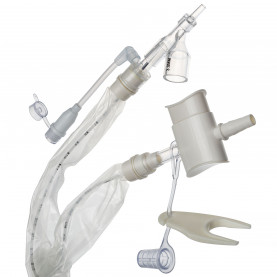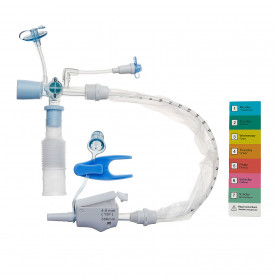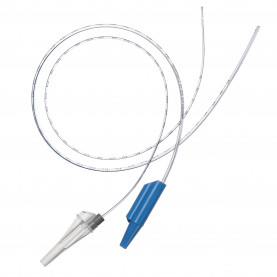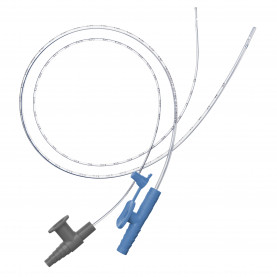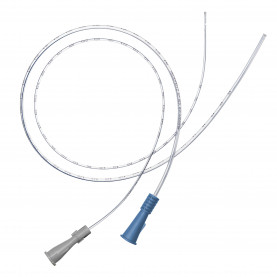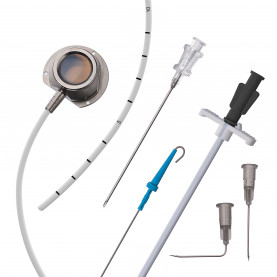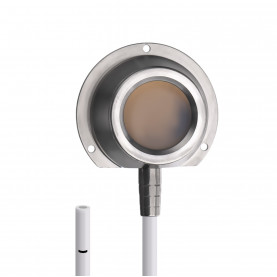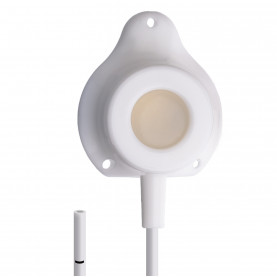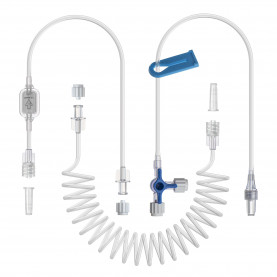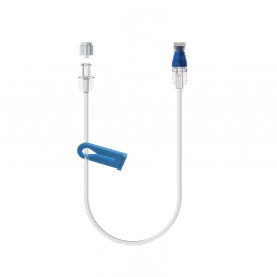Israeli researchers identify cause of rare disorder
Team of Israeli, US, researchers successfully identifies a single gene which causes a rare and severe neurological disorder.
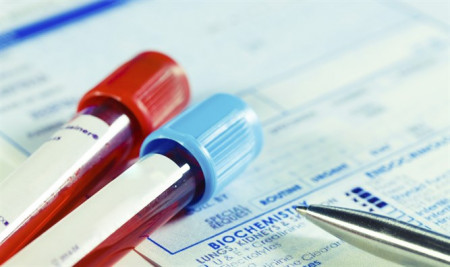
A team of Israeli and American researchers has identified the single gene mutation which causes a rare neurological disorder in children.
The disorder causes neurological degeneration and developmental regression in apparently healthy children, beginning between the ages of 3 to 6. These patients gradually lose motor, cognitive, and speech functions, becoming fully dependent on caregivers at between 15 and 20 years of age.
The study, conducted by researchers from Hebrew University of Jerusalem's Faculty of Medicine and the city's Hadassah Medical Center, Pennsylvania State University's College of Medicine, and a multinational team of researchers, was published Thursday in The American Journal of Human Genetics.
In the study, the root of this yet-unnamed neurological disorder was found to be in a single spontaneously occurring (not inherited) gene mutation, shown to be caused by ribosomal RNA flooding patients' bodies. The affected gene, named UTBF, is responsible for RNA formation. The single error represents approximately three billion "letters" in a human's DNA.
Ribosomes are made of ribosomal proteins and RNA, and are responsible for production and translation of cell proteins. Pennsylvania State University's Dr. George-Lucian Moldovan confirmed Elpeleg's findings, which showed that the affected children suffered from an excess in ribosomal RNA which floods and poisons their brain cells.
Seven children from Canada, France, Israel, Russia, and the United States are now identified as suffering from this disorder. All of these children have the same genetic error which is absent in unaffected individuals, allowing scientists to determine that the error does, in fact, cause the neurological degeneration.
No cure has yet been found, but identifying the mutation is a breakthrough which may allow preventive therapies and treatment later on.
"Science may not be able to repair the gene, but now that our findings are published, it may be possible to make early identification of the disease and in the future find ways to prevent such a serious deterioration," Hadassah Medical Center Genetics Deparmtnet Head Professor Orly Elpeleg said.
Elpeleg was first exposed to the disease when she met a young girl suffering from it at Hadassah Hospital.
"Several years ago, I saw a patient who was healthy until the age of 3, and then experienced a disturbance in her walking and motor function, speech and cognition," Elpeleg said. "Around that time, we had introduced deep-sequencing technology for clinical use at Hadassah, which enabled us to read all the coding genetic material of a person within a couple of days, in order to identify genetic defects."
"Searching for similar genetic defects in this database, we found a 9-year-old boy who had been treated at Hadassah and now lives in Russia. The boy had been healthy until the age of 5, and then displayed neurological deterioration just like the girl I had diagnosed.
"Dr. Simon Edvardson, a pediatric neurologist at Hadassah, flew to Russia, examined the boy, took genetic samples from him and from his parents and confirmed that his illness was identical to that of the Israeli girl. We then knew we had identified a new disease that was not recognized in medical literature."
By comparing the data in a program called "Gene Matcher," the researchers found several more children around the world who shared an identical genetic defect and the same course of disease.
"Our study links neuronal degeneration in childhood with altered rDNA chromatin status and rRNA metabolism. It is the first time that an excess of ribosomal RNA has been linked to a genetic disease in humans," Elpeleg explained.
"It's a sad disease, which harms children who developed normally for several years, and suddenly they stop. They're regular children who wake up one day and start limping and forgetting words they previously knew. They turn from functioning and developing children to children who gradually suffer severe and unexplained retardation, and who become invalids of varying degrees."
Since 2010, Hadassah has assembled the largest genetic mapping database in Israel, of about 2400 patients.


